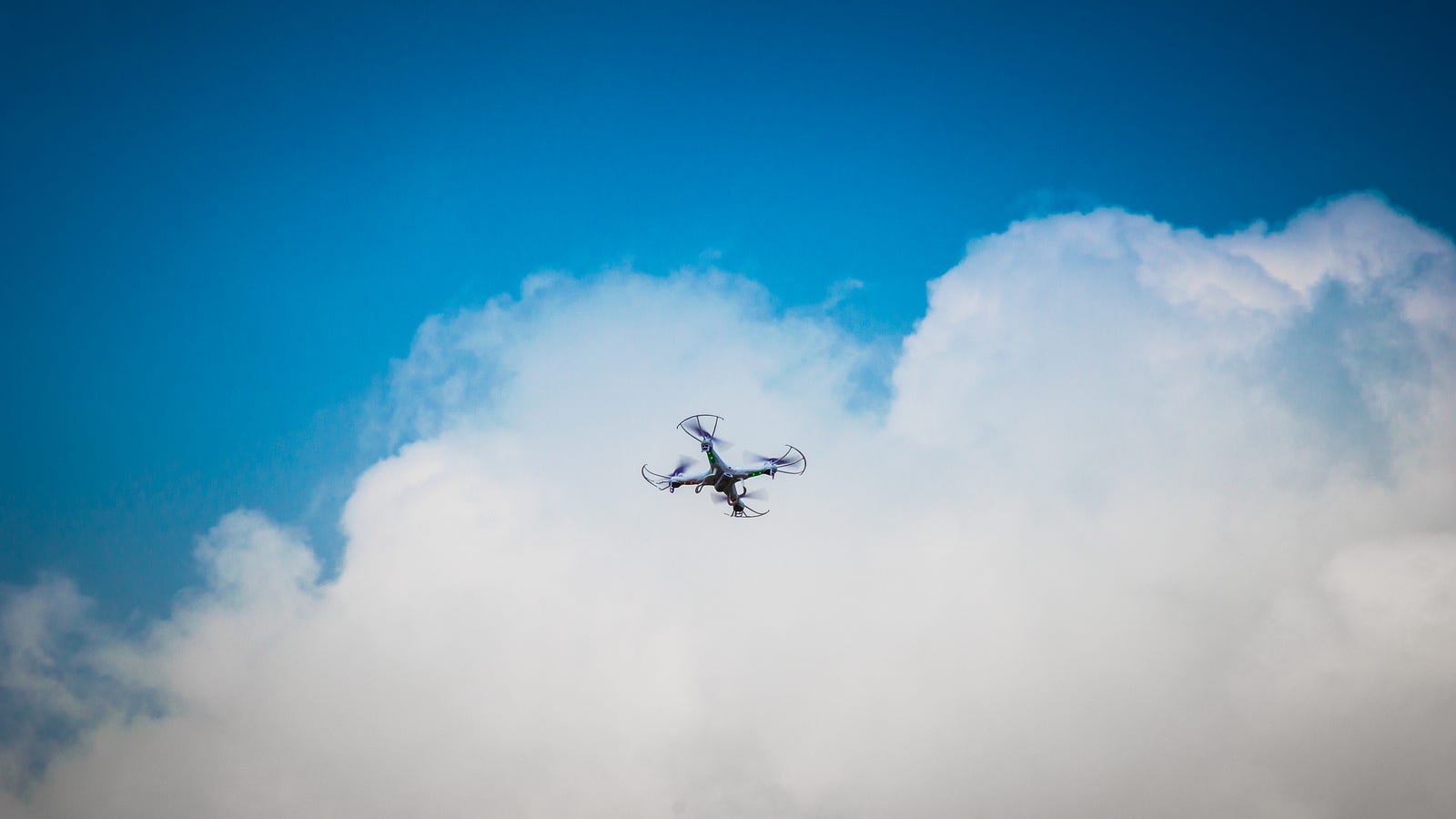Another slice of the Pi, by Helen Caldwell

Raspberry Pi
Children love making things. Combine some electronics tinkering using the recently launched Raspberry Pi 3, with a basic knowledge of Scratch programming, and you are into the magical world of physical computing where you can build all manner of contraptions and write code to control them.
The potential for the Raspberry Pi to be a platform for ‘Internet of Things’ projects by exchanging data with smartphones, tablets and sensors to make things happen in the real world means that it can support children as inventors and digital makers. This gives children the chance to apply their computing knowledge to the physical world through control devices and invention kits to ‘make something that does something’.
For example, you could use your Raspberry Pi to make a vegetable drum kit, control a junkbot, make a badger-watching den, turn your home into a haunted house, code your own Dubstep music, build a drone, or create a stop motion movie studio. Attach your Raspberry Pi to a weather balloon and you could even take photos from space.

Pursuing ideas such as these and solving problems to make workable gadgets helps children to understand the relevance and importance of computing to their lives, and provides clear links between computing and other subjects, such as design and technology, maths and science. Through active engagement in digital making, they develop thinking and problem solving skills. As Tom Kenyon explains:
“Creativity is key… I’m delighted that computer science is going to be taught in classrooms, and that its rigour as a discipline has been recognised. But beyond rigour I’m interested in the power of computing to link science and art; creativity and engineering. …The way to do this is to learn from Britain’s digital heroes and to make fun, exciting and useful things.” (Kenyon, 2013)
The revised computing curriculum puts a new emphasis on digital making, and enabling devices such as the Raspberry Pi gives these approaches much more chance of success. But they depend upon the support of well-trained teachers to get children enthusiastic about coding. Teachers need ideas, examples, support and inspiration in addition to hardware and software. One solution is to let the learners take the lead. At the University of Northampton, we have a team of volunteer student digital leaders, who provide support for digital making events, such as the MaKey MaKey afternoon they hosted for 40 local children.
There was a danger that the teaching of computer science and coding might be done in a mechanistic fashion. However the introduction of devices such as the Raspberry Pi, together with programming languages, such as Scratch, has opened up opportunities for teachers to implement a digital maker philosophy that puts children in the role of hands-on inventors, thinkers and problem solvers. This is provided that we can support them and find ways to get sufficient critical mass of innovative teachers to adopt the approach.
Helen Caldwell — Senior Lecturer Education, Primary Computing

Comments
Another slice of the Pi, by Helen Caldwell — No Comments
HTML tags allowed in your comment: <a href="" title=""> <abbr title=""> <acronym title=""> <b> <blockquote cite=""> <cite> <code> <del datetime=""> <em> <i> <q cite=""> <s> <strike> <strong>